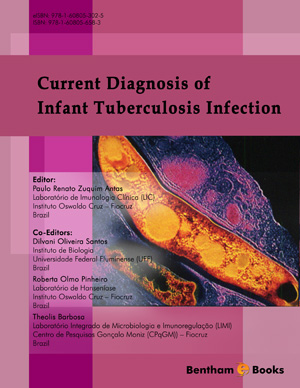Abstract
It is estimated that the lifetime risk of developing active disease after infection with Mycobacterium tuberculosis in childhood is about 10%. Therefore, the human immune response to M. tuberculosis infection prevents the development of illness in most people. Tuberculosis is contagious and spreads through the air. Bacilli can subsequently enter the blood stream where they spread hematogenously throughout the body. If not treated, each person with active tuberculosis disease can infect on average 10 to 15 people per year. The factors that allow for progression to active disease among infected persons are not fully understood, however, they are likely immunologic, based on the increased rates of disease in persons with varying forms of immune response. The source of infection for most children is an infectious adult in a closed environment. This exposure leads to the development of a primary lesion in the lung witch spreads to the regional lymph nodes. In the majority of cases, the resultant cell-mediated immunity controls the disease at this stage. Risk of disease progression is higher in the very young (< 3 years-old) and in immune compromised children. However, children with tuberculosis differ from adults in their immunological and pathophysiological response in ways that may have important implications for the prevention, diagnosis and treatment of this disease in the pediatric population.
Keywords: Tuberculosis, Immune Response, Childhood, BCG.






















